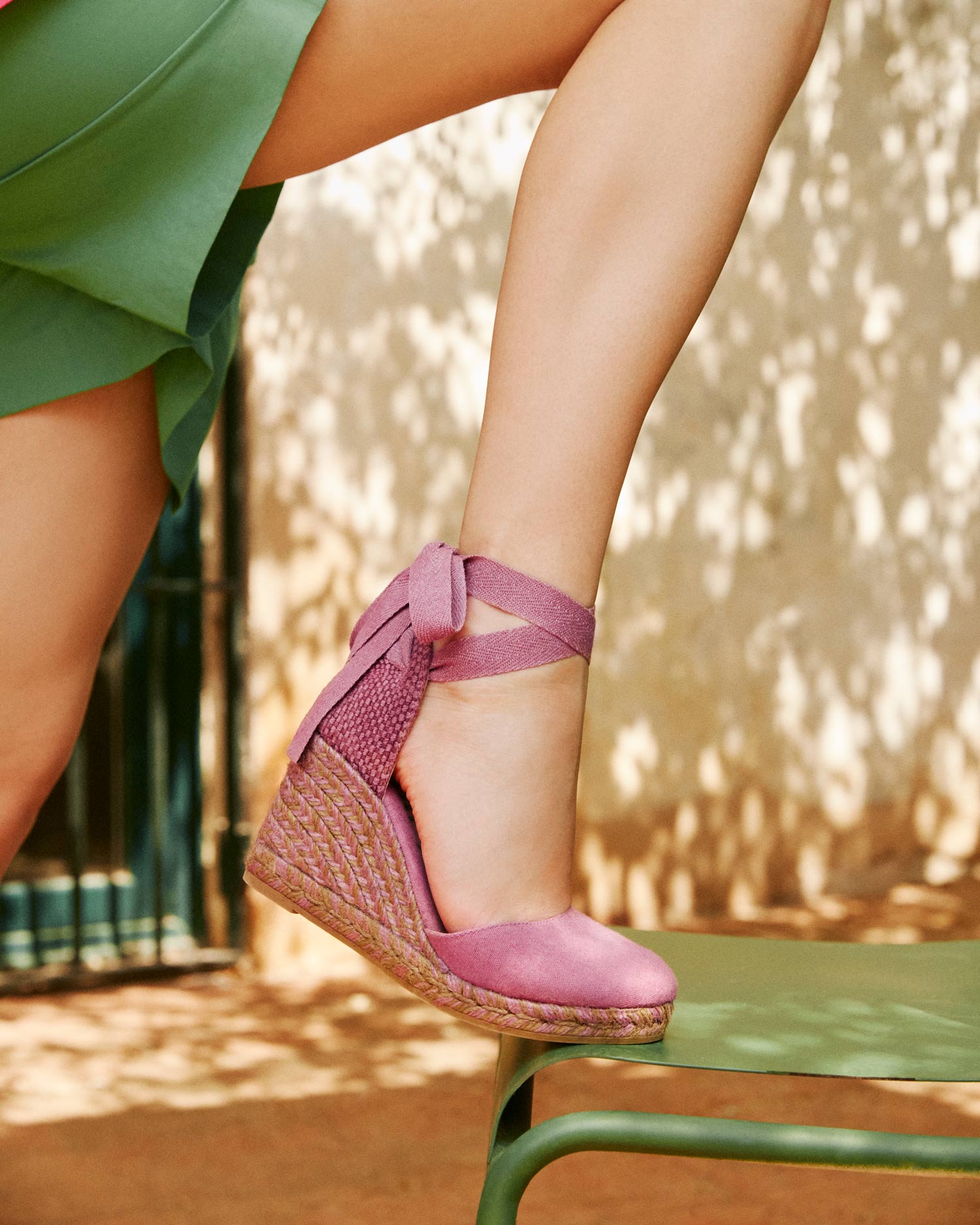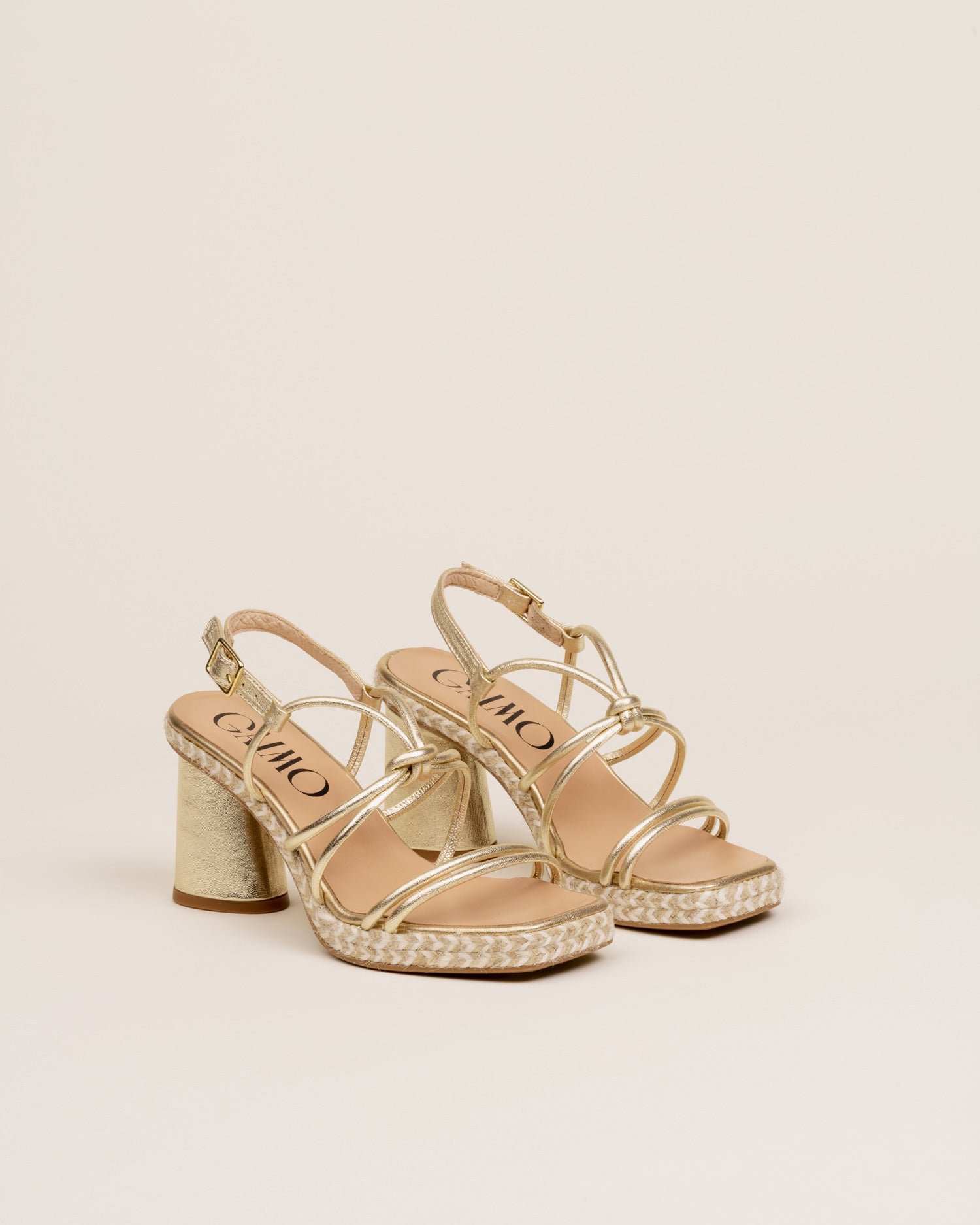Article: The history of Espadrilles

The history of Espadrilles
The Spanish espadrille, or alpargata, has a rich history dating back centuries. Originating in the Pyrenees region of Spain, these humble shoes have evolved from simple peasant footwear to become essential summer staples, beloved for their comfort, versatility, and timeless style.
The story of the alpargata begins with its construction: a canvas or cotton upper stitched to a flexible jute or esparto rope sole, providing breathability and durability ideal for warm weather. This ingenious design made them perfect for the Mediterranean climate, where farmers and workers needed sturdy yet comfortable footwear to navigate rugged terrain under the scorching sun.
Over time, the alpargata's reputation for practicality spread beyond the fields and into the cities. By the 14th century, they had become popular among Spanish soldiers and sailors, prized for their lightweight construction and non-slip soles, which provided stability on slippery decks.
As Spain's influence expanded globally, so too did the alpargata's reach. They found their way to Latin America through Spanish colonialists, where they became entrenched in local culture and adopted new variations in design and materials.
However, it was in the 20th century that the alpargata truly came into its own as a fashion icon. In the 1940s, Spanish designer Yves Saint Laurent introduced the alpargata to the world of high fashion, elevating its status from humble peasant shoe to chic footwear for the elite. Hollywood stars and European aristocrats alike were captivated by its rustic charm and effortless elegance.

The alpargata's crowning moment came when it became the preferred footwear of European royalty. Queen Sofia of Spain and Princess Diana of Wales were frequently photographed sporting these comfortable yet stylish shoes during their summer holidays, cementing their status as the epitome of casual sophistication.

Today, the alpargata remains as popular as ever, beloved by fashionistas and comfort-seekers alike. Its timeless design has inspired countless imitations and adaptations, from luxury brands to fast-fashion retailers. Yet, despite its global appeal, the essence of the alpargata remains rooted in its Spanish heritage.

In Spain, the tradition of handcrafting alpargatas continues in small workshops dotted throughout the countryside, where skilled artisans meticulously weave each pair with care and precision. This commitment to craftsmanship ensures that every alpargata retains its distinctive quality and authenticity, making it more than just a shoe but a symbol of Spanish culture and tradition.

In conclusion, the alpargata's journey from humble peasant footwear to summer essential and favored choice of European royalty is a testament to its enduring appeal and timeless style. Whether worn on sandy beaches or city streets, the alpargata remains a beloved and iconic symbol of Spanish heritage, embodying the perfect blend of comfort, elegance, and craftsmanship.
